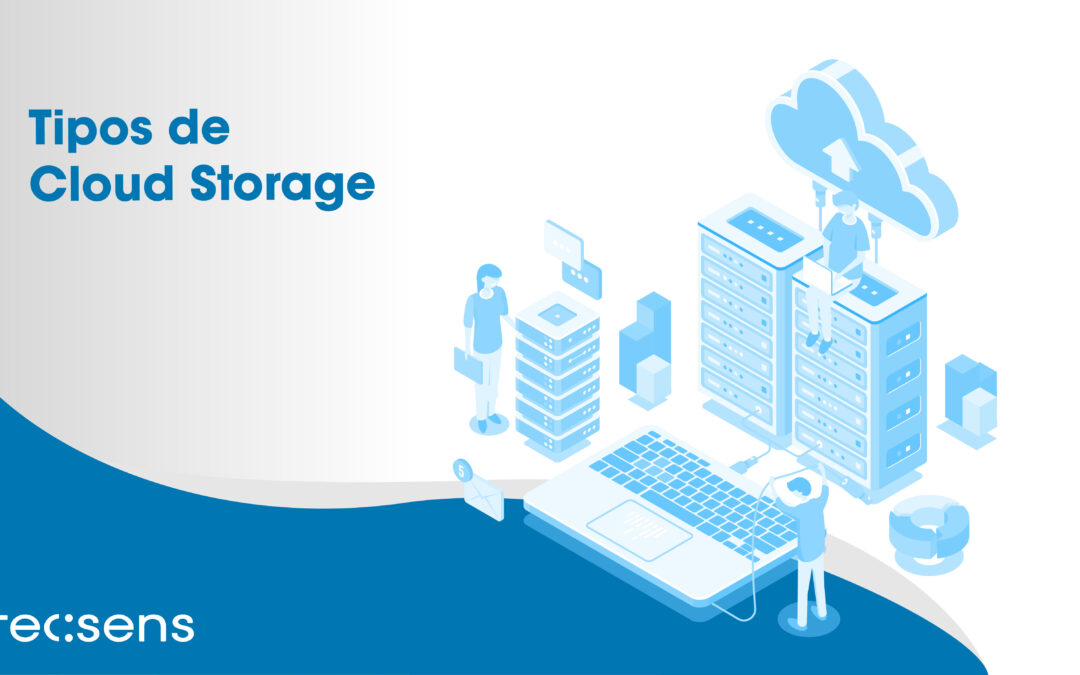In the current context of companies there are many solutions to preserve data. As we saw in previous posts on numerous occasions they are even confused with backups or collaborative tools that have nothing to do with it. Leaving conventional storage a little behind we could say that in recent years storage solutions have evolved, currently most companies already use Cloud Storage. But there are several types of Cloud Storage that are available.
What types of Cloud Storage are there?
Object Storage:
Object storage is a hierarchical object-based data storage architecture that includes a large number of metadata under a unique identifier. In order to access this stored data, the Internet is necessary.
Protocol: HTTP.
Types of uses:large multimedia files, logs and backups of weight, administrative files and documents, legal etc.
File Storage:
File storage is a hierarchical file-based data storage architecture on a hard disk or STORAGE device attached to the NAS network. The data is organized into files stored in folders that are located in directories and subdirectories. To be able to locate a file, the path that leads from the directory to the subdirectory and from the folder to the file is necessary.
Protocol: SMB/NFS.
Types of use: designed for small amounts of data as they are easy to organize. As the volume of data increases, the process becomes slower and more tedious.
Block Storage:
Block storage is a block-based data storage architecture, for your organization and being able to find them quickly is assigned to each block an address since the data is divided into different blocks and stored as separate pieces.
Block storage also separates data from the user’s environment, allowing data to be distributed across multiple environments. This creates multiple data paths and allows users to retrieve them quickly. When a user or application requests data from the block storage system, the underlying storage system reassemps the data blocks and presents them to the user or application.
Protocol: FC/iSCSI
Types of use: It is indicated for databases, since data can be read and written at a fast speed.
So, what is the ideal storage method? This largely depends on its purpose. Whether it is an object-, file- or block-based system, each method has its own specific characteristics and is suitable for different tasks.




